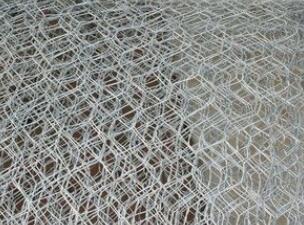Essential Cattle Fence Supplies for Successful Ranching
When it comes to effective cattle management, one of the foundational aspects is a sturdy, dependable fence. A well-constructed cattle fence not only secures your livestock but also plays a significant role in ensuring their safety, health, and overall productivity. Whether you're starting a new ranch or looking to upgrade your existing fencing, having the right supplies is crucial. This article details the essential cattle fence supplies you need to create a secure environment for your livestock.
1. Fence Posts
The backbone of any cattle fence is the fence posts. These vertical supports need to be strong enough to withstand the pushing and pulling forces created by the animals. Durable materials such as treated wood, steel, or even vinyl can be used for fence posts. Wooden posts usually come in various thicknesses, and it’s important to choose the proper size based on your specific fencing needs. Steel posts, often used in high-security areas, offer durability but can be more expensive than wooden options.
2. Fencing Wire
Choosing the right fencing wire is essential for ensuring that your cattle stay contained. There are several types of fencing wire available, including barbed wire, high-tensile wire, and woven wire.
- Barbed Wire This is a popular choice for cattle ranches due to its effectiveness in deterring animals from pushing against the fence. It’s relatively inexpensive and easy to install, making it a viable option for many ranchers.
- High-Tensile Wire This type is made of thinner wire but boasts a much higher tensile strength. It requires fewer posts and can be stretched tightly to create a secure fence. However, it may require specific insulators and more skilled installation.
- Woven Wire This type is ideal for containing cattle as its close-knit design prevents animals from getting their heads caught. However, it can also be more costly and complicated to install than barbed wire.
Fencing insulators are vital if you're using electric fencing as part of your cattle containment strategy. These insulators help to keep the electrical current contained within the wire while ensuring that it does not come into contact with the wooden or metal posts. Insulators come in a variety of styles, including screw-in, pinlock, and snap-on, and selecting the right type will depend on your specific fencing system.
cattle fence supplies

4. Tensioning Devices
Maintaining fence tension is important to ensure that the wire remains taut and effective. Tensioning devices, such as turnbuckles or tension wire strainers, help you adjust the tension on the fencing wire as needed. Proper tensioning prevents sagging and reduces the risk of accidents or breaches in the fence.
5. Gates
A reliable and secure gate is crucial for allowing access to your cattle while keeping them safe. Gates should be as sturdy as the fence itself, with materials that match or exceed the quality of your fence posts and wire. Various styles are available, including swing gates and sliding gates, with options for manual or automatic operation.
6. Concrete
Concrete may be necessary for embedding your fence posts, especially in areas with loose or sandy soil. Using concrete can provide additional strength and stability to your fence, ensuring that it remains upright and effective even under pressure from your cattle.
7. Tools and Accessories
Lastly, you’ll need the appropriate tools and accessories for installing and maintaining your fence. This includes post drivers, wire cutters, pliers, and safety gear. Investing in quality tools can make the installation process more straightforward and help you perform repairs as needed in the future.
Conclusion
Creating and maintaining a cattle fence requires careful planning and the right supplies. By investing in high-quality posts, wires, insulators, tensioning devices, gates, concrete, and tools, you can build a reliable fence that will protect your livestock and facilitate effective cattle management. A strong fence is a wise investment in your ranch's success, ensuring that your cattle remain safe, contained, and productive for years to come.

















